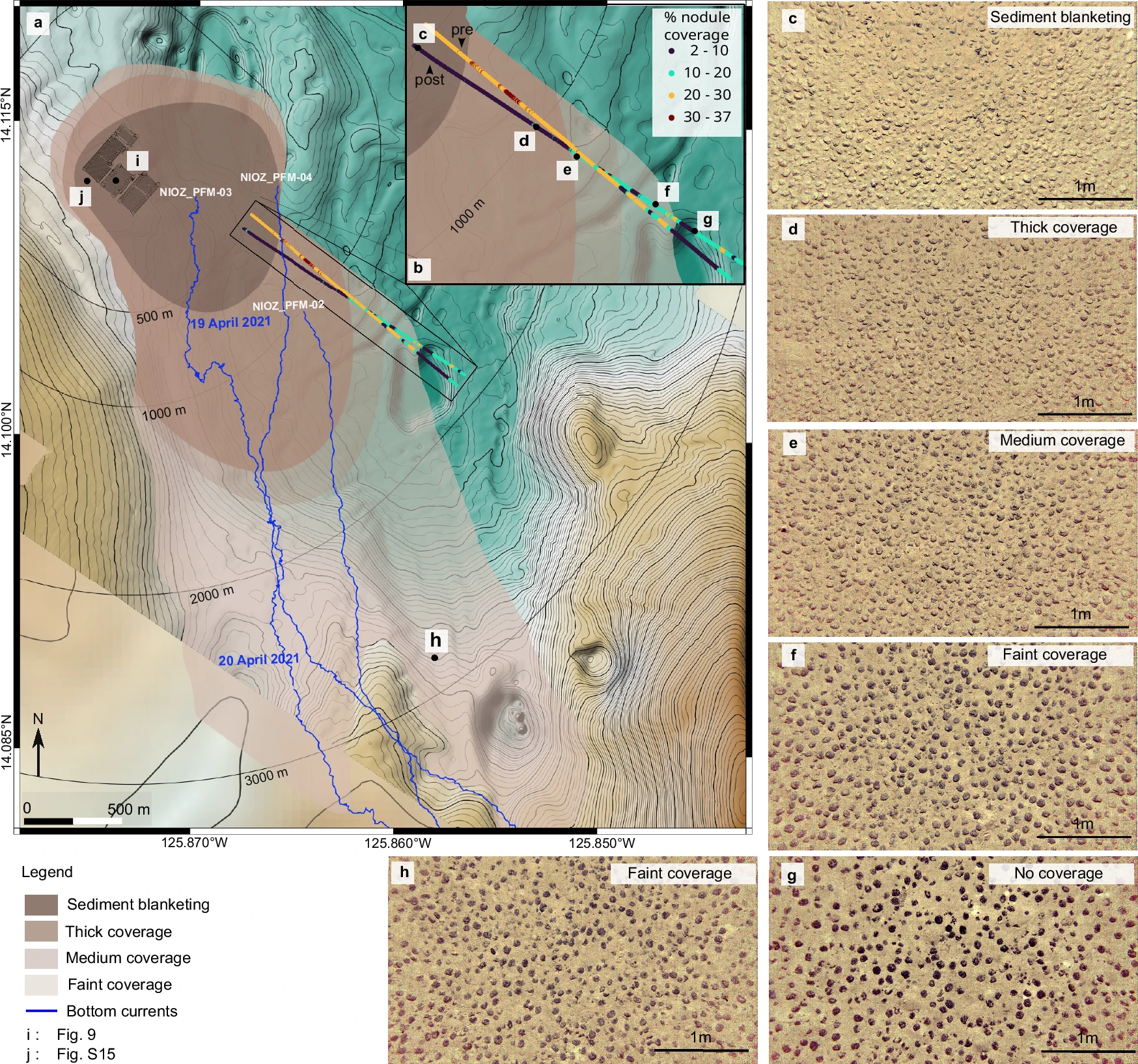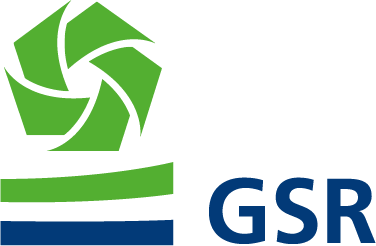
Deep seabed mining sediment plume study published in Nature Communications
February 11, 2025
Scientific Publication
We are excited to announce one of the latest publications to come out of GSR’s collaboration with BGR and the MiningImpact consortium of scientists.
This research article, entitled “Monitoring benthic plumes, sediment redeposition and seafloor imprints caused by deep-sea polymetallic nodule mining” presents a detailed analysis of a deep-sea polymetallic nodule mining trial. The study quantitatively assessed the dispersion of the resulting sediment plume as well as seafloor impact, utilizing various advanced sensors and technologies including hydroacoustic and optical sensors mounted on stationary and mobile platforms. Results showed a gravity current forming downslope, transporting the suspended sediment up to 500 meters away from the source. Rapid sediment redeposition occurred, largely within a limited area. Driven by the bottom currents, a small fraction of the sediment stayed in suspension and the authors note that beyond 1700 meters, it became increasingly difficult to distinguish the top of the sediment plume from overlying clear water. Sensor data recorded sediment concentrations of up to ~4 milligrams per liter (mg/L) at a distance of 1800 m. Measurements taken 48 hours after the trial at 4.5 kilometers from the trial site, showed the concentration had further diluted to 0.1 milligrams per liter (mg/l). Visually, at 0.1 mg/l, the water would appear completely clear. The authors of the study also discuss the implications for future deep-sea mining and improved real-time monitoring capabilities.
GSR is proud to have been part of this effort to improve our collective understanding of the environmental effects of deep-sea mining. Studies such as these form the foundation for designing approaches to environmental monitoring, as well as commercial nodule collection that strives to minimise and mitigate the associated environmental impacts and effects to the greatest extent possible.


